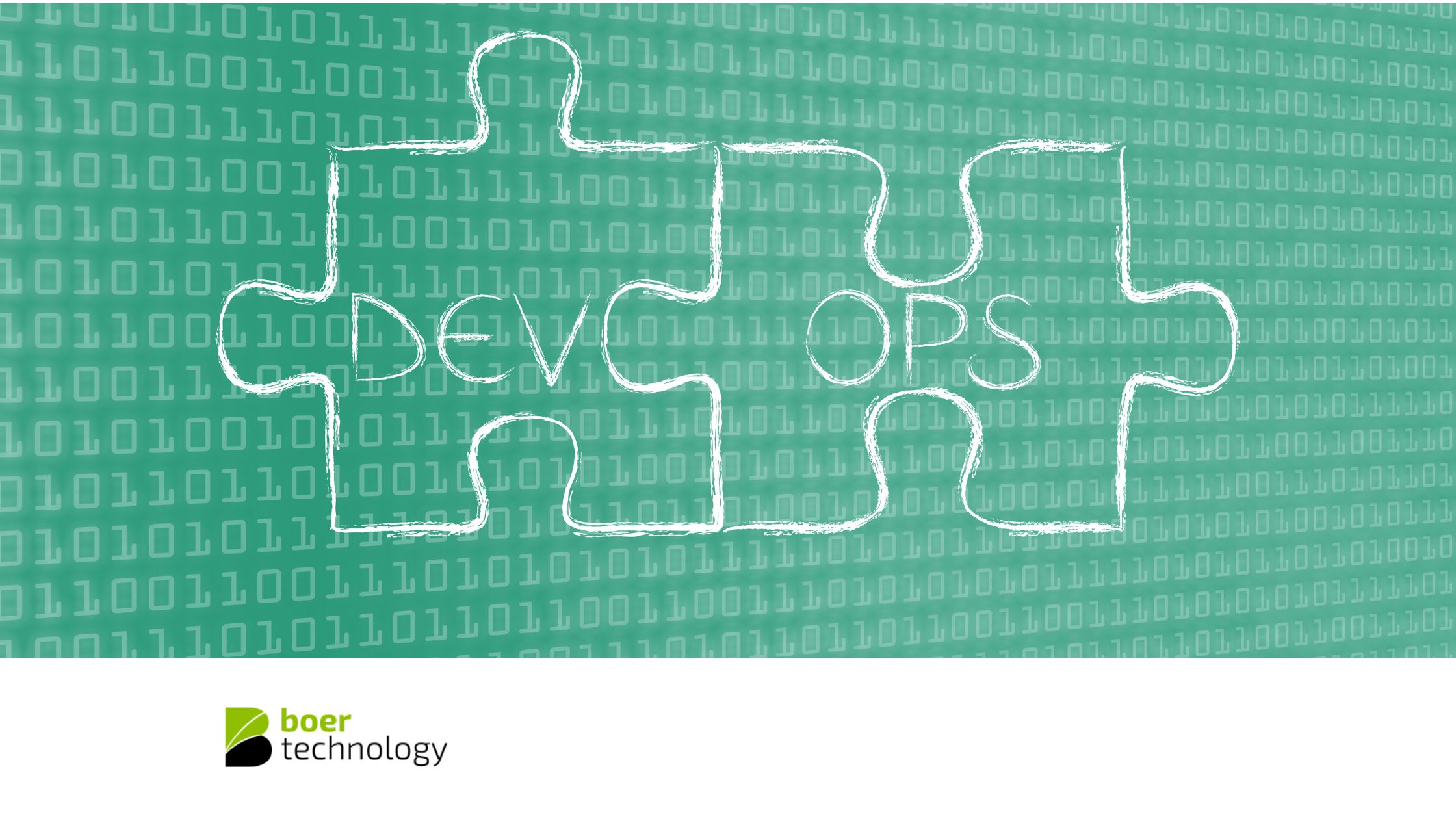Navigating the DevSecOps Transformation: Moving from DevOps to DevSecOps
In the fast-paced world of software development, the integration of security practices into the DevOps pipeline has become imperative to ensure the safety and reliability of applications. This transition from DevOps to DevSecOps represents a significant evolution in the approach to software development, emphasizing the importance of security from the outset. In this article, we'll explore the journey from DevOps to DevSecOps, highlighting the key principles, challenges, and benefits of this transformation.
Understanding DevSecOps Transformation
The DevSecOps transformation involves extending the principles of DevOps—collaboration, automation, and continuous delivery—to include security as an integral part of the development process. Unlike traditional approaches where security is bolted on at the end of the development cycle, DevSecOps advocates for the integration of security practices at every stage of the software development lifecycle. This shift requires a cultural change, fostering collaboration between development, operations, and security teams to prioritize security throughout the development process.
Key Principles of DevSecOps Transformation
-
Shift Left:
The DevSecOps transformation encourages a "shift-left" approach, where security considerations are introduced early in the development process, ideally during the planning and design phases. By addressing security issues upfront, organizations can prevent security flaws from propagating throughout the development cycle, resulting in stronger and more secure applications.
-
Automation:
Automation plays a crucial role in DevSecOps, enabling organizations to streamline security processes and ensure consistency across the development environment. Automated tools can perform tasks such as code scanning, vulnerability assessment, and compliance checks, allowing developers to focus on writing code while security measures are executed automatically.
-
Continuous Monitoring and Feedback:
DevSecOps emphasizes the importance of continuous monitoring and feedback to identify threats and security vulnerabilities in real-time. By implementing monitoring tools and practices, organizations can detect and respond to security incidents promptly, minimizing the impact on operations and preventing potential breaches.
Challenges of DevSecOps Transformation
While the benefits of DevSecOps are clear, organizations may encounter several challenges during the transformation process. These challenges include:
-
Cultural Resistance:
Implementing DevSecOps requires a cultural shift, breaking down silos between development, operations, and security teams. Resistance to change and lack of collaboration can hinder the adoption of DevSecOps practices.
-
Skills Gap:
DevSecOps requires specialized skills in both development and security domains. Organizations may face challenges in finding and retaining talent with the necessary expertise to implement DevSecOps effectively.
-
Tool Integration:
Integrating security tools into the development pipeline can be complex, especially in environments with existing toolsets and processes. Ensuring compatibility and seamless integration of security tools is essential for a successful DevSecOps transformation.
Benefits of DevSecOps Transformation
Despite the challenges, the DevSecOps transformation offers numerous benefits for organizations, including:
-
Enhanced Security:
By integrating security into the development process, organizations can build a culture of security awareness and responsibility. Developers become more proactive in identifying and addressing security issues, resulting in more secure and resilient applications.
-
Accelerated Time to Market:
DevSecOps streamlines the development process, automating manual tasks and reducing time spent on security testing and remediation. This results in faster delivery of features and new updates, gaining a competitive edge in the market.
-
Improved Collaboration:
DevSecOps promotes collaboration between development, operations, and security teams, fostering a shared responsibility for security. By working together, teams can share knowledge, resources, and best practices, resulting in more efficient and effective development processes.
-
Compliance and Risk Management:
DevSecOps helps organizations achieve compliance with industry regulations and standards by integrating security controls into the development pipeline. Continuous monitoring and feedback enable organizations to identify and mitigate security risks proactively, reducing the likelihood of compliance violations and data breaches.
Conclusion
The DevSecOps transformation represents a paradigm shift in software development, placing security at the forefront of the development process. By embracing the principles of DevSecOps—shift-left, automation, and continuous monitoring—organizations can build more secure, resilient, and reliable applications while accelerating time to market and improving collaboration across teams. While the journey from DevOps to DevSecOps may present challenges, the benefits far outweigh the costs, ensuring organizations can thrive in an increasingly digital and interconnected world.
Read Also: ENHANCING APPLICATION SECURITY WITH DEVSECOPS MANAGED SERVICES
Read Also: UNDERSTANDING DEVSECOPS: INTEGRATING SECURITY INTO DEVELOPMENT PROCESSES

